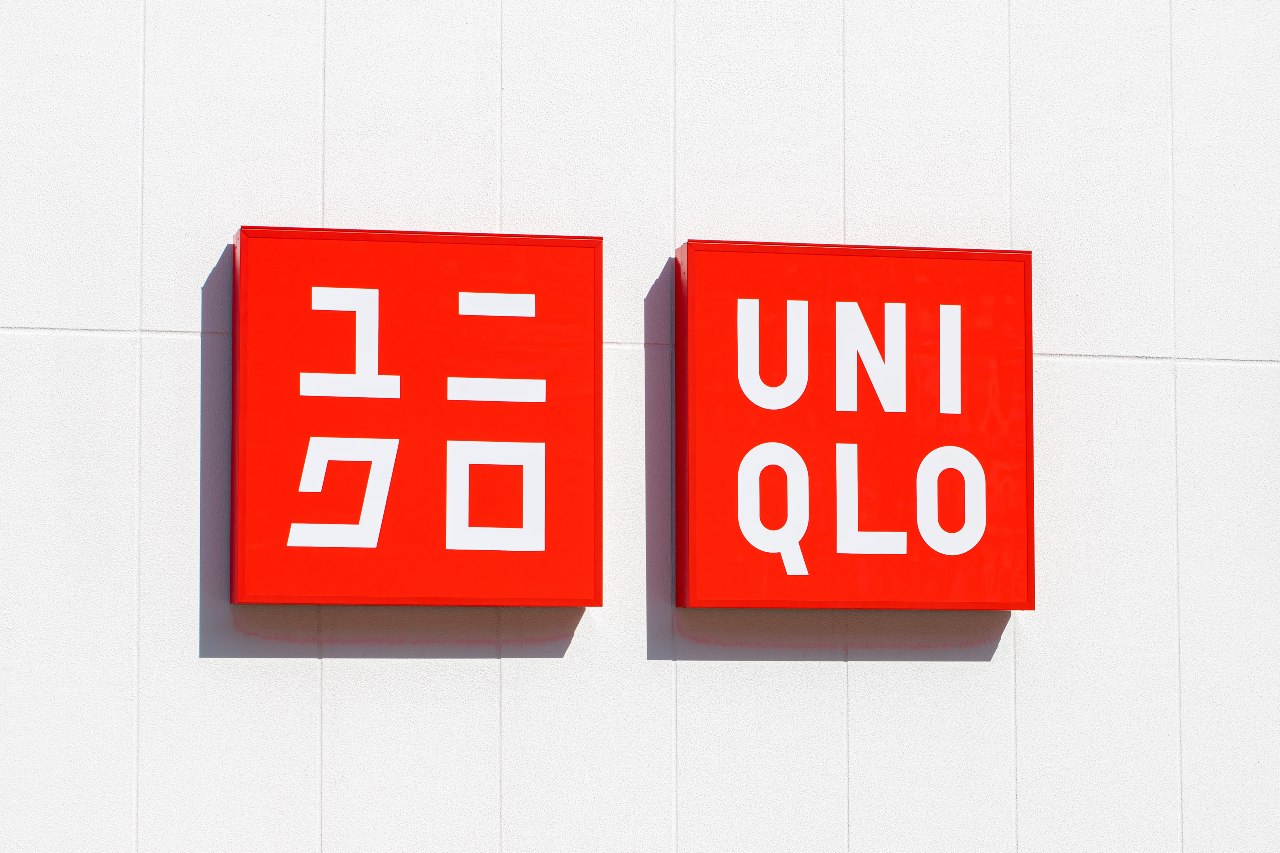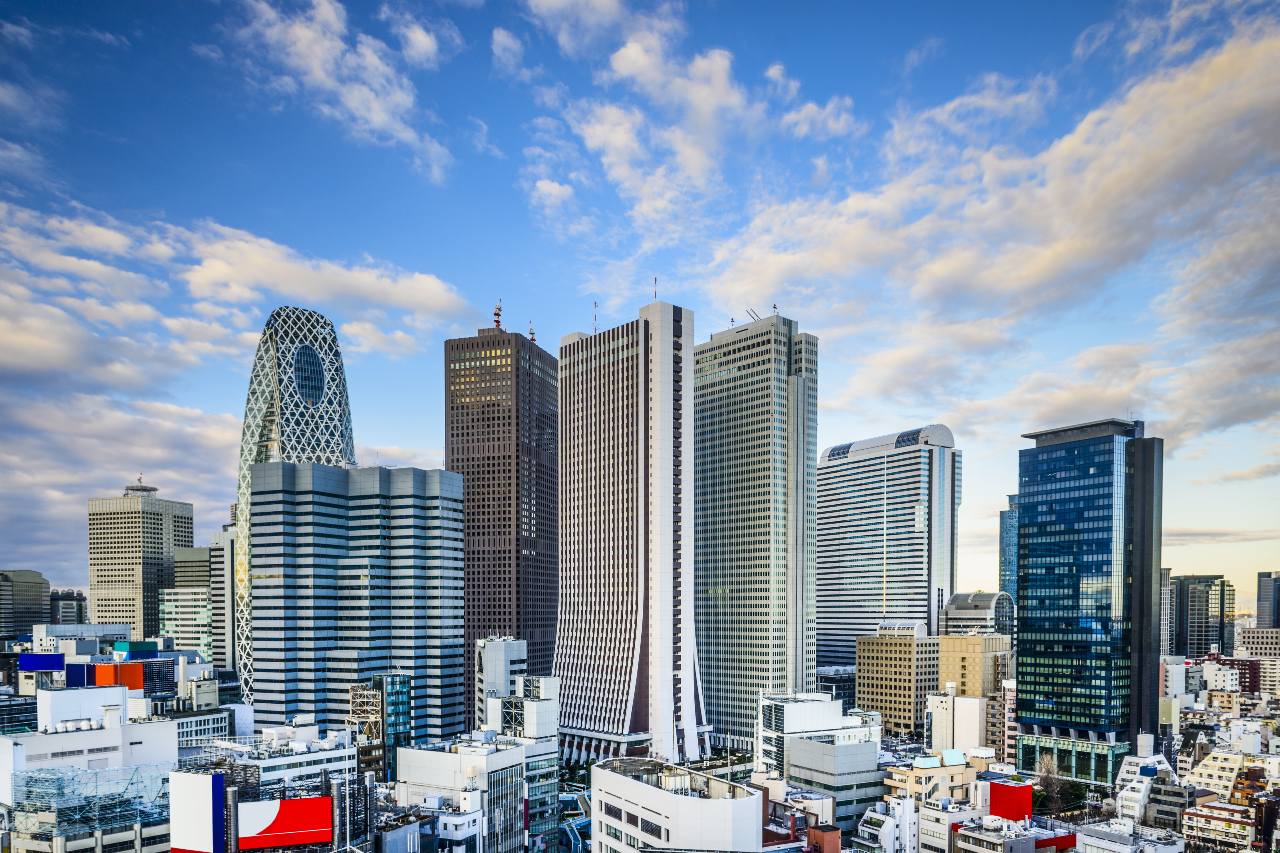Many people around the world are now embracing sustainability in a way they never have before. In 2021, around 32% of global consumers were engaged in adopting a more sustainable lifestyle and studies show that awareness of climate and environmental issues increased hugely — a trend that is only likely to continue.
However, while there’s a growing feeling that all nations are finally starting to pull in the same direction, it’s still true that national environmental policies diverge significantly from country to country.
While Japan’s reputation today as a sustainable and environmentally friendly nation is growing, its recent green policies, technological innovations and pledges to reduce its carbon output contrast a long history of fossil fuel reliance and abuse of the region’s forests to secure the resources needed for the nation’s industrial growth.
Combined with the fact that plastic usage and meat and fish consumption is still incredibly high here, it’s natural that new brands and businesses entering Japan are asking themselves “how much do Japanese consumers actually care about sustainability?”
We offer a brief crash course on the topic and consider how brands that are looking to develop their core business and marketing strategies within the context of local attitudes towards sustainability can navigate the landscape more confidently.
Table of Contents
- Cultural traditions vs. sustainability concerns
- What do Japanese consumers care about?
- How to approach sustainability marketing in Japan
- Define your strengths and weaknesses for sustainability in Japan
- Should brands operating in Japan worry about sustainability?
- Building your approach to sustainability in Japan
Cultural Traditions vs. Sustainability Concerns

At a governmental level, Japan’s attitudes towards sustainability and concerns over climate change are now largely aligned with European nations and the US. However, a number of cultural factors and historical factors have prevented the population from fully embracing sustainability.
Prior to the 1980s, Japan’s national policies on sustainability and its reputation globally as an environmentally conscious nation was lacking. Its activities abroad (throughout SEA and beyond) were criticised heavily by NGOs for harming the environment.
- Traditionally, environmental and social welfare issues have been considered an issue that the Japanese government alone is responsible for, rather than the general public or businesses
- Many of the nation’s most loved and enjoyed dishes rely on meat and fish, and even today, the country’s market for vegetarian alternatives lags behind many other developed nations
- Japanese culture places great emphasis on delivering high-quality customer service and everyday convenience, which, unfortunately, can lead to extremely high levels of plastic usage (bags, straws, containers, chopsticks etc.) and waste
- Japanese culture is largely relationship-focused where doing good or providing support traditionally happens within existing networks (work, family, friends, local communities etc.). Supporting external causes and charities, such as global environmental initiatives, is a newer concept
These opposing forces add to the complexity of the nation’s understanding of sustainability in Japan. And while willingness to engage in sustainable behaviour and practices is growing, culture and history remain important factors.
Learn About Japan’s Approach to CSR has Evolved
What Do Japanese Consumers Care About?

As the nation invests in new green technology, hosts climate summits, pioneers regional environmental programs and generally carves out a new global identity for itself as a would-be sustainability leader, engagement with sustainability at a consumer level is still mixed.
Sustainability Segments in Japanese Society
Diverse consumer groups exist in Japan in relation to their level of awareness of and care for sustainability issues. These can be roughly broken down into three groups.
| Low | Individuals who have a low understanding of how their purchasing decisions can either support or damage the environment and impact social issues. Purchases will largely be driven by other concerns for this group, such as cost, convenience, reputation and social proof. |
| Medium | Individuals who will understand the connection between purchasing decisions and sustainability, but will still carefully weigh these aspects with other factors that matter to them. |
| High | Individuals who will change their purchasing behaviour based on the actions taken by brands and businesses to support social and sustainability issues. They may look for details in packaging and online before they commit and may stop buying from a brand if they learn of poor sustainability practices. |
HB Pro Tip: Based on what we know about the Japanese consumer market, most people belong to the low and medium groups outlined above, which creates certain implications for businesses. Rather than using a generic strategy for communicating your sustainability messages to your audience, always start with market research into your consumer segments to discover what their motivation and concerns are.
Setting Up a Business In Japan? Take a Look at Our Guide First!
Japanese Consumer Preferences
Only 44% of people in Japan would spend more on an eco-friendly product compared to the global average of 56%, according to a report by GWI.
More broadly, there are several things that Japanese shoppers think about when making decisions, such as what products to buy and who to buy from.
- Trust is incredibly important in Japan. And people may be hesitant to buy from brands they’re not familiar with, even if you’re promoting the values and ideals that closely match their own. In the Edelman Trust Barometer Japan has one of the worst rankings scoring a low total of 40/100 (second only to Russia).
- People don’t like uncertainty either. On Hofstede’s Uncertainty Avoidance Index, Japan has one of the highest scores of all countries, registering 92/100!
- Japanese consumers are known for being highly selective purchasers, reviewing items based on several criteria before buying. This means products must score high overall on people’s list of requirements, and winning out on sustainability criteria alone won’t be enough. Price, reliability, convenience, design and more must also meet expectations.
To learn more about consumer preferences in Japan, take a look at our post: Marketing in Japan? 10 Important things You Need to Know About Japanese Consumers
How to Approach Sustainability Marketing in Japan

A long-term approach to building your marketing and communication approach in the Japanese market must balance messages that relate to sustainability with other value propositions and attributes.
If your market analysis informs you that awareness and care for sustainability is relatively low in your target demographic, it would be a mistake to push messages that promote green packaging, sustainable sourcing and social responsibility too hard too soon.
Equally, it would be a mistake to leave this out of your strategy altogether. As well as the need to align with your global standards on sustainability, finding a place for sustainability in your Japanese activities will help you to deepen connections with those who do care about these issues, as well as add increased value to your brand that, while not necessarily being a dealbreaker, may sway consumers towards you.
Need help tailoring your marketing strategy for Japan? We can help!
Optional Strategies for Integrating the Sustainability Messages
Again, research should be your first step in building your brand strategy for Japan, but below are some options you can consider when structuring the role sustainability plays in your marketing and comms.
- When sustainability isn’t a primary concern for consumer groups, prioritise other benefits. Don’t stop being sustainable(!) but also don’t dilute other key selling points with sustainability messages that may not connect well. Then, once you’ve turned individuals into loyal repeat customers, consider educating them on why your sustainability profile makes you better than competitors.
- For groups that are torn between sustainability concerns and other criteria such as price, design and functionality, use your sustainability messages as a counterpart to your other key selling points. Accreditation and badges can help to add credibility to your image, while a comprehensive CSR page on your website can help to signal to potential buyers that you meet their sustainability criteria too.
- Among certain groups and within specific product segments, you’ll need to be loud about your sustainability efforts and achievements. Descriptions, packaging, advertising and all your brand’s communications must reinforce your identity as an environmentally conscious and socially aware brand. Tying together your brand’s values and your product’s sustainability benefits for the user can help you to win over customers who are actively comparing you with your competitors.
HB Pro Tip: The approach you take will largely rely on your audience’s awareness of sustainability issues, your product’s key value propositions and the actions of competitors in your space. These must be weighed up before you decide on your approach.
Define Your Strengths and Weaknesses for Sustainability in Japan

Sustainability can mean many things and not all areas of sustainability are viewed equally by consumers. As a brand, you will naturally have your own strengths and weaknesses when it comes to sustainability.
Understanding what these are and how you can map these to the attitudes and concerns of your customer base will help you be more concise in your messaging.
As is the case with other markets, generic statements won’t get you very far in Japan. Below are some core areas that might form the foundation of your approach to connecting with consumers over sustainability issues.
- Environmental – Does your brand actively protect the environment in any way, or otherwise offset its carbon footprint and the use of natural resources through any environmental initiatives. Or, like Toyota and other Japanese car companies, have you made investments into green technology that will reduce carbon output for your industry?
- Social – Have you addressed inequality within your company or within various communities (e.g. gender, class, age, ethnicity)? Or, do you back a certain social cause or charity through tangible investments of time and money? For instance, Japanese brands like UNIQLO have focused their sustainability efforts and messaging on reducing poverty and hunger.
- Economic – Have you built responsible supply chains where farmers, manufacturers or those responsible for creating your products and services are sufficiently compensated through fair trade and acknowledgement? And does the profit of your business support the growth and stability of local communities, not just stakeholders?
HB Pro Tip: More than ever, people know the difference between empty claims and actual statements of intention. Moreover, there is a serious need for proof in the form of assessments, analytics and accounting. Being transparent with your customers about what you are or aren’t doing is paramount for your claims of sustainability to hold any weight. Cosmetic changes to your sustainability image alone can actually be harmful if you don’t follow through with real action.
Learn About Japan’s Efforts to Go Green
Should Brands Operating in Japan Worry About Sustainability?

The short answer to this question is yes. The long answer is, yes, but you must be careful about how you convey your sustainability efforts and values through product content and marketing so that opportunities to connect with new customers through other key selling points (price, quality, design) in the initial stages of the purchasing journey are not missed.
With consumer awareness and commitment varying so much in Japanese society, brands should be careful to choose the right approach in communicating their sustainability efforts. Tailoring your approach to maximize engagement involves knowing more about your customers and their motivations.
| Advantages | Disadvantages |
| Improve engagement with your brand | Consumers may not understand the efforts you are making to be sustainable |
| Build trust faster with certain groups due to the relationship between sustainability and credibility | There are some negative attitudes among certain demographics towards sustainability in Japan and some may even be deterred by messages around sustainability and resent brand that try to leverage it as a key selling point |
| Convey a sense of added value to existing customers and increase loyalty | You may damage your reputation by half-hearted or disingenuous efforts to promote your brand’s sustainability profile |
| Be part of a growing conversation that all brands should be part of today |
Building Your Approach to Sustainability in Japan
As you may have suspected before reading this article, having a plan for how you will implement sustainability practices and communicate this to your Japanese customers is an important part of entering the market.
You may not face the same level of scrutiny as you would in other nations, but global brand leaders will be well aware that the world is changing fast and sustainability momentum is only growing.
As Japan makes more investments into green technology and joins other nations in pledging to reduce its reliance on fossil fuels, brands need to proactively invest in creating shared value and reducing damage to keep up with the way things are moving.
Need help gaining traction for your business in Japan? Let’s chat on how we can help.